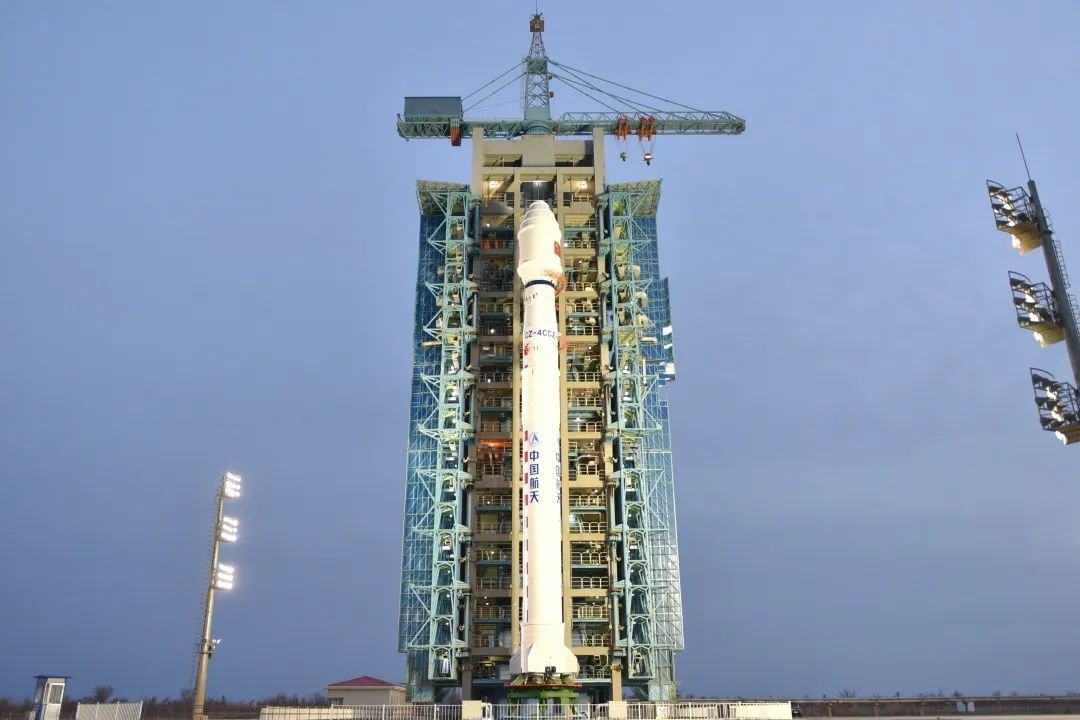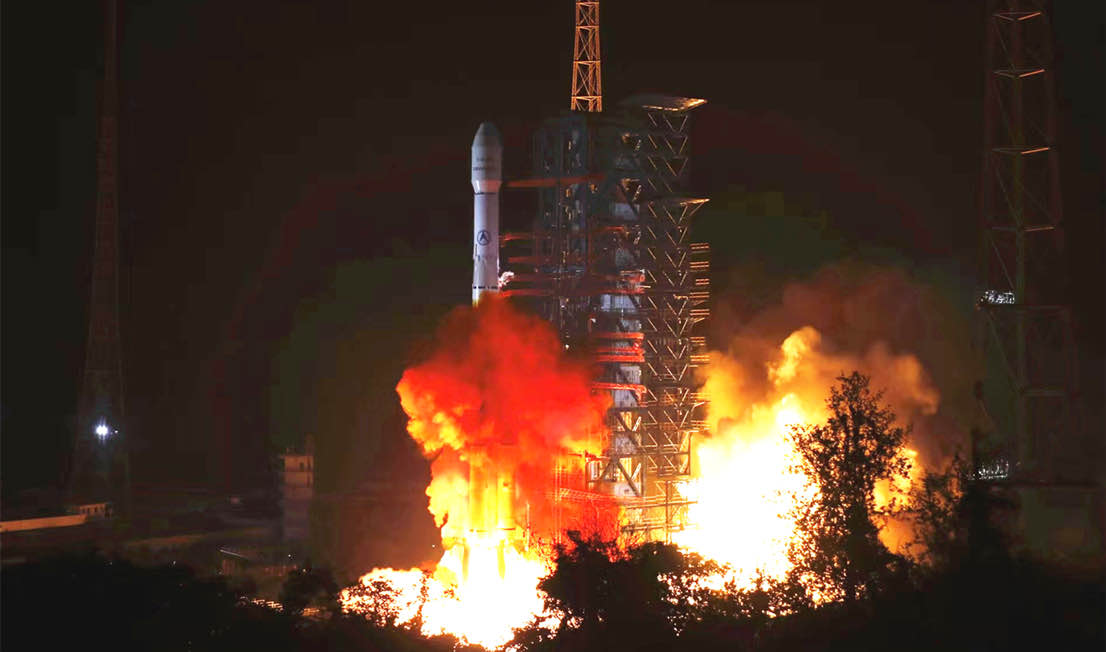Long March 4C | Daqi-1 (AEMS)
Launch Complex 9
Taiyuan Satellite Launch Center, People's Republic of China
T?
--
Days
:
--
Hours
:
--
Mins
:
--
Secs
Date Loading...
China Aerospace Science and Technology Corporation
The China Aerospace Science and Technology Corporation (CASC) is the main contractor for the Chinese space program. It is state-owned and has a number of subordinate entities which design, develop and manufacture a range of spacecraft, launch vehicles, strategic and tactical missile systems, and ground equipment. It was officially established in July 1999 as part of a Chinese government reform drive, having previously been one part of the former China Aerospace Corporation. Various incarnations of the program date back to 1956.
Daqi-1 (AEMS)
China’s first satellite dedicated to comprehensive monitoring of the atmospheric environment, named Daqi-1, also known as Atmospheric Environment Monitoring Satellite (AEMS) and developed by the Shanghai Academy of Spaceflight Technology (SAST) in Shanghai, is designed to operate in sun-synchronous orbit. Daqi-1 can monitor fine particle pollution like PM2.5, pollutant gases including nitrogen dioxide, sulfur dioxide and ozone, as well as carbon dioxide concentration. It combines both passive and active sensing, which can realize comprehensive monitoring of the atmospheric environment in a better way, according to a chief designer with SAST. The detection accuracy of fine particles and carbon dioxide column concentration by Daqi-1 has reached the international advanced level, the chief designer said. The atmospheric detection lidar deployed on the satellite is also the world's first that is capable of detecting both atmospheric aerosols and carbon dioxide.
Long March 4C
Height 0.00 Meters
Max Stages 3
Mass To GTO 0 kg
Liftoff Thrust 0 kN
Diameter 0.00 Meters
Mass To LEO 0 kg
Liftoff Mass 0 Tonnes
Launch Success 54
Consecutive Success 30
Maiden Flight 2006-04-26
Launch Failures 2
Related News
2022-04-18T13:29:15+0000
Spaceflight Now










